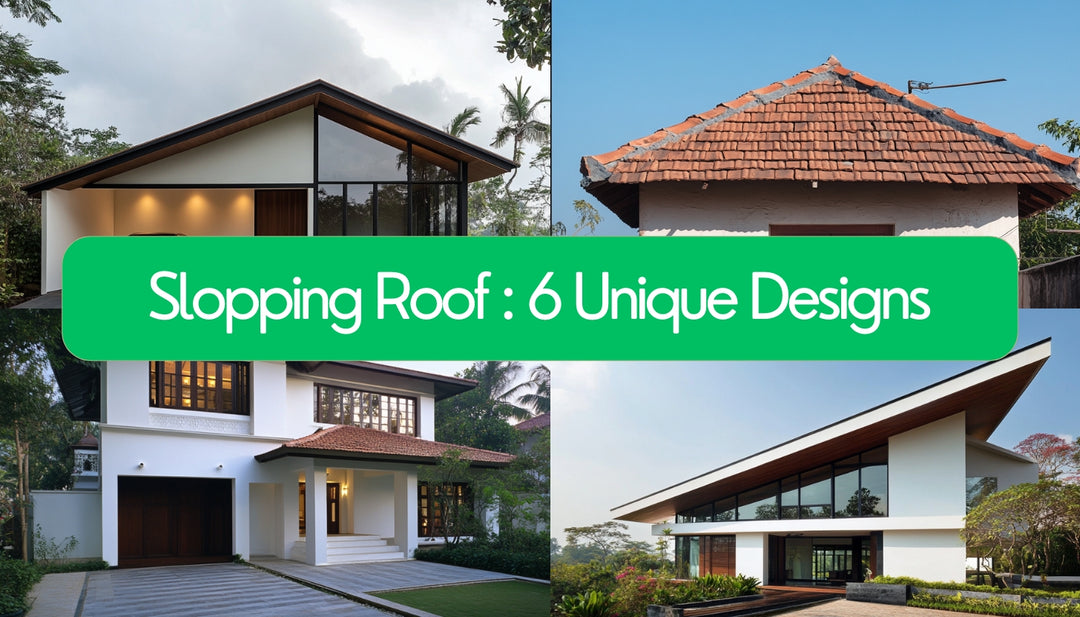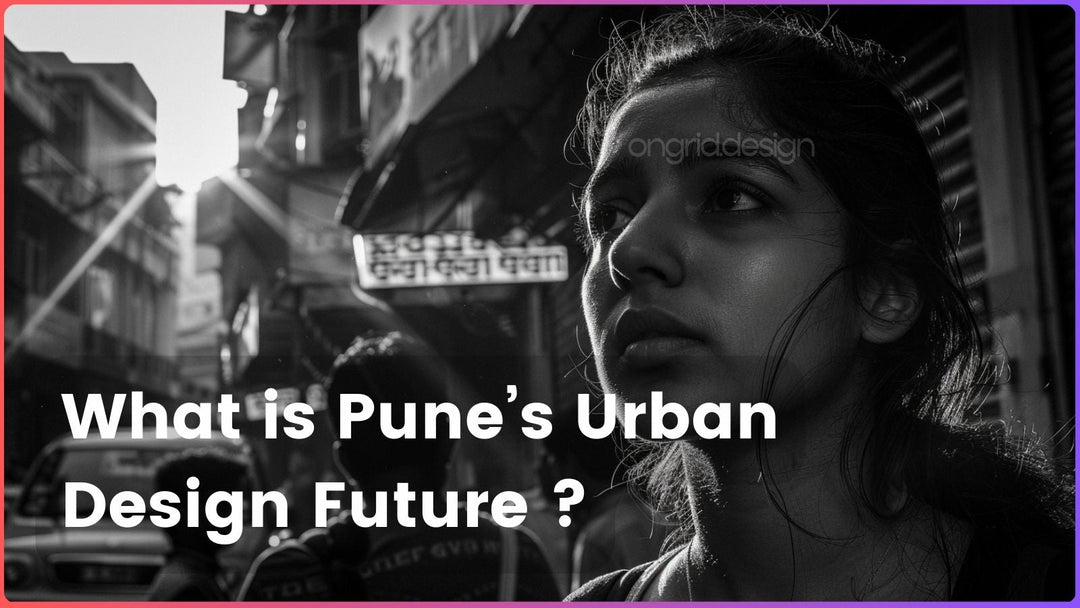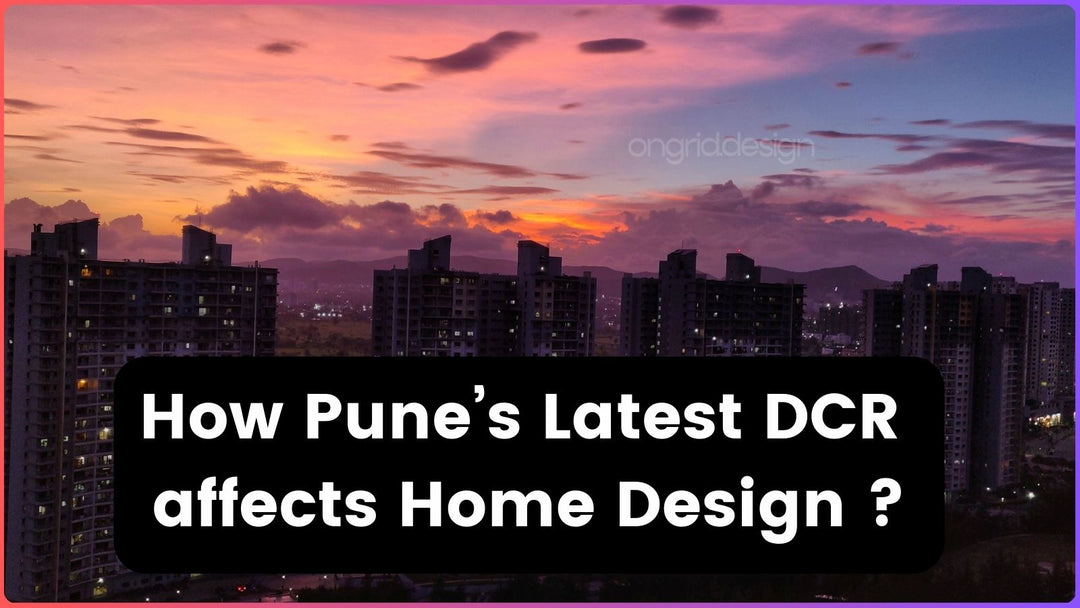Cool Roofs & Pavements: Architect's Handbook for Heat Island Reduction in Indian Cities
 India is urbanising at a rapid pace. Yet Indian cities grapple with the urban heat island effect, where concentrated concrete surfaces trap heat and warm cities far hotter than surrounding rural areas. As peak summer temperatures breach 50°C in urban areas, heat islands threaten health, hike energy cooling demands and even limit city livability.
India is urbanising at a rapid pace. Yet Indian cities grapple with the urban heat island effect, where concentrated concrete surfaces trap heat and warm cities far hotter than surrounding rural areas. As peak summer temperatures breach 50°C in urban areas, heat islands threaten health, hike energy cooling demands and even limit city livability.
How can Indian architects, builders and policymakers curb the heat island effect through climate-responsive design? High-reflectance building materials offer a simple yet powerful solution. By reflecting more sunlight, heat-mitigating surfaces like reflective roofs and cool pavements can reduce peak ambient temperatures by 2-5°C.
Understanding the Urban Heat Island Effect in India
 India’s urban transformation brings prosperity yet intensifies the urban heat island problem. High afternoon temperatures averaging 3-5° warmer than neighbouring rural areas strain India's advancing cities.
India’s urban transformation brings prosperity yet intensifies the urban heat island problem. High afternoon temperatures averaging 3-5° warmer than neighbouring rural areas strain India's advancing cities.
What Causes Urban Heat Islands?
Urban heat islands arise from concentrated pavement and buildings retaining solar heat in cities. Replacing green space and moisture-rich soil with heat-absorbing concrete surfaces limits urban cooling. Tall buildings further trap heat. Waste heat from air conditioning, vehicles and industry also nudges the urban thermostat upward.
Impact on Indian Cities and Communities
Studies across Indian metropolises from Hyderabad to Bhubaneswar confirm hotter urban neighbourhoods. High temperatures spark a chain reaction intensifying pollution, energy blackouts and health risks.
Prolonged heat exposure kills over 1000 Indians annually. Hotter cities increase respiratory stress and vector diseases. Studies attribute over 100,000 excess urban deaths in India yearly to the heat island effect.
Heat islands pose a climate adaptation imperative for cities already bursting at the seams to build livable, resilient and sustainable Indian cities.
The Science Behind High-Reflectance Materials
Buildings cover over 65% of India's urban fabric. How surfaces interact with sunlight strongly influences ambient warming or cooling. By reflecting over 75% of solar energy, high-reflectance construction materials curb heat absorption offering metropolitan respite.
How High-Reflectance Materials Work
Materials differ in albedo: their solar reflectivity. High-albedo white or light-coloured surfaces reflect sunlight keeping cities more relaxed. Materials also vary in thermal emittance, influencing building heat release into the atmosphere. High-albedo, high-emittance surfaces effectively stay cool while radiating urban heat into cooler night skies.
Properties of High-Albedo Materials in Building Construction
High solar reflectance arises from white or light-coloured, smooth materials limiting light absorption. High thermal emittance depends on surface coating types influencing atmospheric infrared heat release. Materials like glazed clay tiles, white cement concrete, and acrylic white paint boast over 90% reflectance. Advanced cool coatings push emittance as high as 95%.
Thoughtful material selection and surface coatings optimise albedo and emittance - twin keys to dissipate heat from India's expanding built environments.
High-Reflectance Roofs: A Game-Changer in Urban India
With year-round high sun angles, India's neighbourhoods bake under intense overhead sunshine. Cool roofs offer the first line of defence reflecting heat before it builds up indoors to demand energy-intensive air conditioning.
Benefits of Reflective Roofs in Indian Climate
White roofs deliver impressive ambient cooling given large Indian roof surface areas. Reflecting sunlight prevents daytime indoor overheating improving thermal comfort five-fold.
Cool roofs cut indoor temperatures by over 5°C lowering air conditioning needs 20-30%. Reflective roofs even mitigate India's annual power deficit by easing urban energy loads. Landmark IIT-Hyderabad studies confirm implementing cool roofs citywide can keep Hyderabad 2-4°C cooler than neighbourhoods with traditional black roofs.
Implementing Reflective Roofing Solutions
What roofing materials optimise solar reflectance for India's varied climates and architectural styles? Traditional whitewashed lime or cement surfaces offer cheap reflective protection for low-income homes. Metro roofs are now upgraded to polymer coatings, glazed tiles, metal, or cool-hued terracotta reflecting over 70% sunlight.
National Building Code incentives encouraging solar-reflective roofs will drive their mainstream construction giving tangible electricity savings.
Cool Pavements: Reducing Urban Heat in Indian Cities
Buildings constitute just 35% of urban canyon surfaces. Heat-aggravating paved surfaces occupy the lion's share across roads, parking lots and sidewalks. Dark bituminous pavements absorb up to 90% solar radiation, converting Indian concrete jungles into thermal pressure cookers.
Cool streetscaping with reflective pavements is critical to ease ambient heat alongside airy, green neighbourhoods.
The Role of Cool Pavements in Heat Reduction
By substituting high-albedo materials, cool pavements reflect sunlight keeping surfaces cooler than traditional asphalt. High-albedo concrete, acrylic resurfacing or light-hued paving stones lower surface temperatures by over 11°C. Adopting cool streets across Phoenix, Las Vegas and Athens confirm resulting ambient cooling by 2-4°C.
Case Studies: Successful Implementation in Indian Urban Areas
Innovative projects demonstrate cool pavement viability to reshape India's urban microclimate.
- In Hyderabad, the pilot Eco-Friendly Road resurfaced 1600m2 with high-reflectance concrete lowering surface temperatures up to 14°C.
- Ahmedabad's 3-year cool pavement trial covering 10 cross-city locations reduced peak ambient temperatures 2-5°C using white-topping, micro-surfacing and interlocking pavers.
- The Tamil Nadu Urban Flagship Infrastructure upgraded over 1000 km of Chennai roads using high-albedo concrete, demonstrating impressive results - surface temperature lowered 10°C and ambient temperature reduced by 3°C.
Architect's Guide to High-Albedo Materials in Indian Cities
Architectural design wields profound influence over neighbourhood warmth. How can architects harness solar-reflective materials to sustain cooler indoor and outdoor spaces?
Selecting the Right Materials for Indian Climate
- Prioritise local traditional materials like Kota stone, lime coatings, clay tiles, or white concrete to optimise thermal performance.
- Specify high-albedo wall claddings, metal roofing or canopy sheeting reflecting heat.
- Opt for thermal insulation, double glazing, and natural shading to reduce solar gain.
- Promote urban greenspace and water bodies, balancing heat absorption.
Design Considerations for Thermal Comfort
- Orient windows away from direct sun to prevent indoor overheating.
- Site trees, overhangs or louvres blocking summer sun angles while enabling winter solar gain.
- Promote active design and natural ventilation harnessing cooling breezes.
- Specify high-thermal mass materials like exposed concrete regulating indoor temperatures.
Thoughtful material choices and passive climate-centric architecture curb both urban and indoor heat mitigating energy demands across India's dynamic cities.
Policy and Initiatives: Supporting Sustainable Urban Development
National directives, building codes, and sustainability certifications now promote solar-reflective design to ease urban heat stress amid ambitious smart city goals.
India's Climate Action Plan and Smart Cities Mission
The National Action Plan on Climate Change prioritises heat resilience. Cool roof mandates feature in the 2017 Energy Conservation Building Code for Residential Buildings to curb air conditioning loads. Ahmedabad's heat action plan furnishes a best practice blueprint for heat-adaptive Indian cities.
The Smart Cities Mission spotlights sustainable climate-responsive urban growth. Surat's model solar-reflective neighbourhoods keep surface temperatures 7°C cooler. Other cities now emulate cool roof building codes once solar savings become apparent.
LEED Certification and Urban Planning in India
The Indian Green Building Council's pioneering LEED rating system now includes credits for heat island reduction under Sustainable Sites. Recent updates in LEED v4.1 frame heat island mitigation as a precondition integrating smart growth planning with cool roofing, urban forestry and green spaces.
As sustainable priorities take root, solar-reflective design earns increasing precedence among architects, developers and local urban bodies building liveable Indian cities.
Conclusion
Urban heat islands threaten health, hike energy costs, and make Indian cities unlivable. As urban warming triggers calls for air conditioning, the power-deprived nation can ill-afford the electricity drain.
High-reflectance solutions offer inexpensive materials-based interventions to curb ambient heat through cool roofs and streetscapes. Solar-reflective design reduces indoor heat and air conditioning loads and lowers peak summer temperatures benefiting public health.
Given their dominance over the built environment, architects and planners steward a unique opportunity to arrest local urban warming. As ongoing experiments highlight the potency of high-albedo materials to quite literally cool Indian cities by several degrees, broader adoption can reap transformative heat relief amid ambitious, smart city goals. Solar-reflective design serves up local resilience multiplying sustainability outcomes for India's rapidly evolving urban centres.











Leave a comment